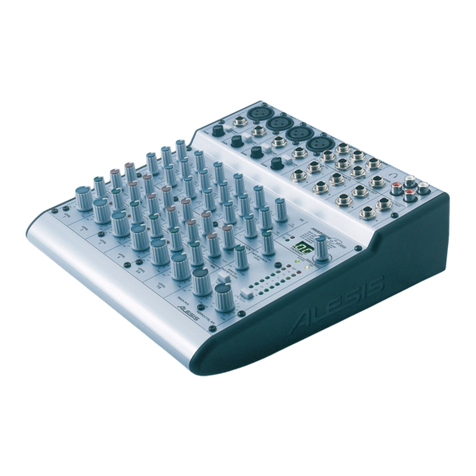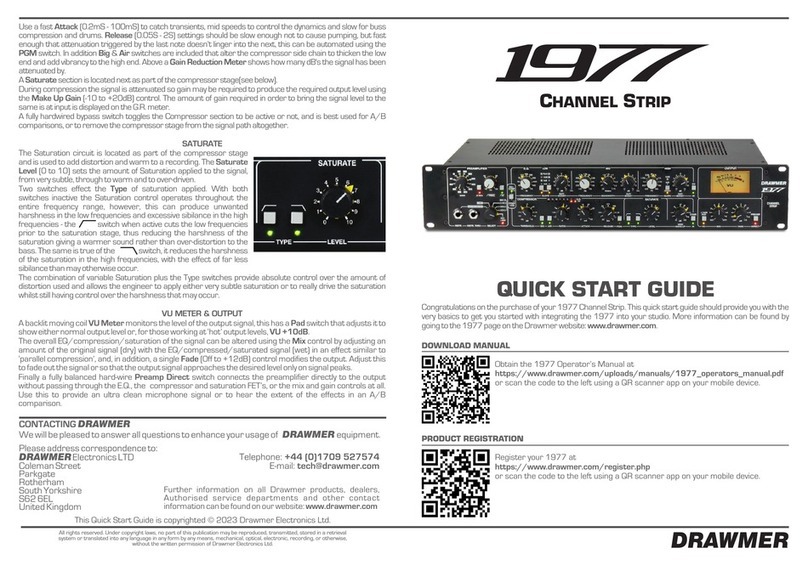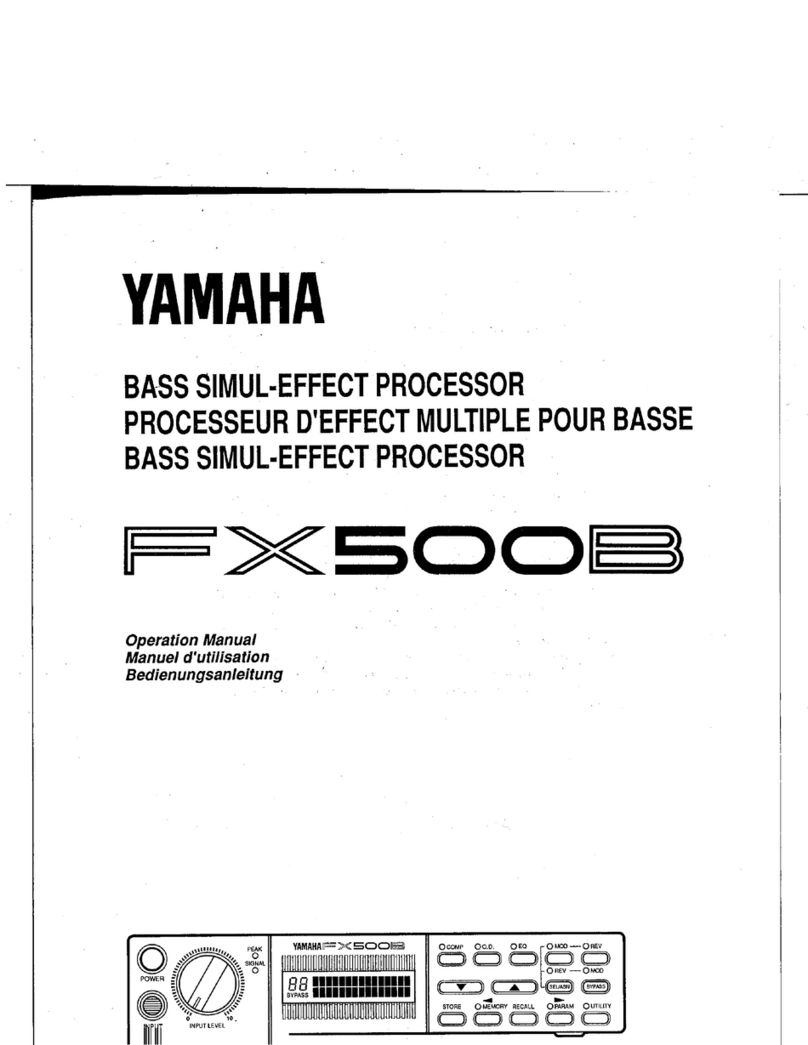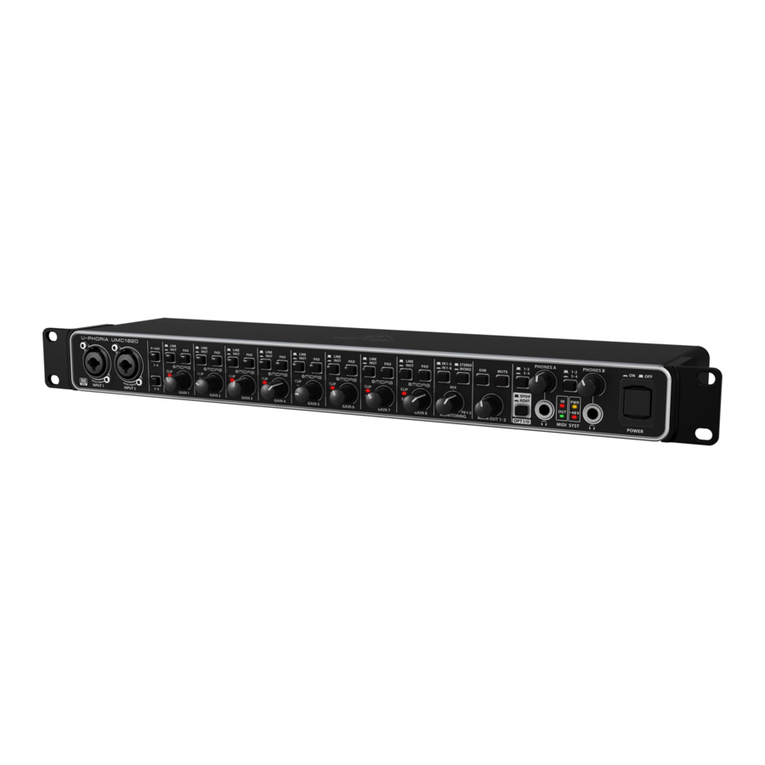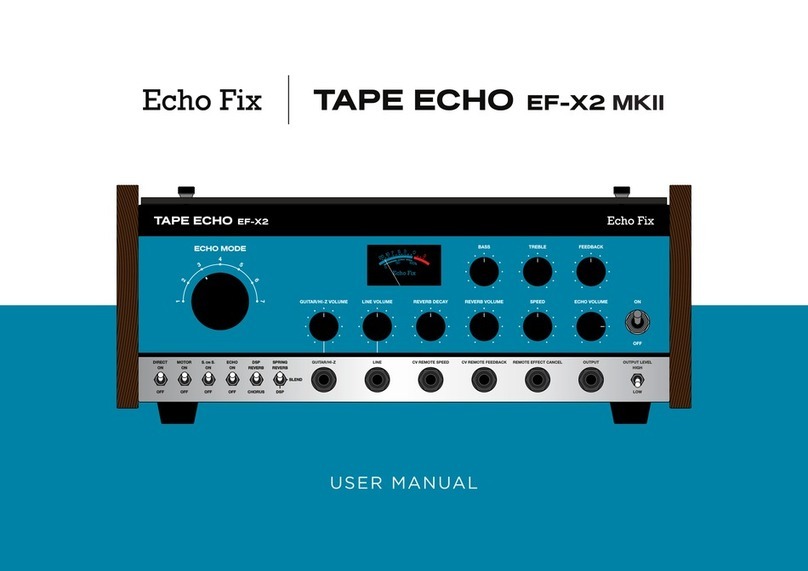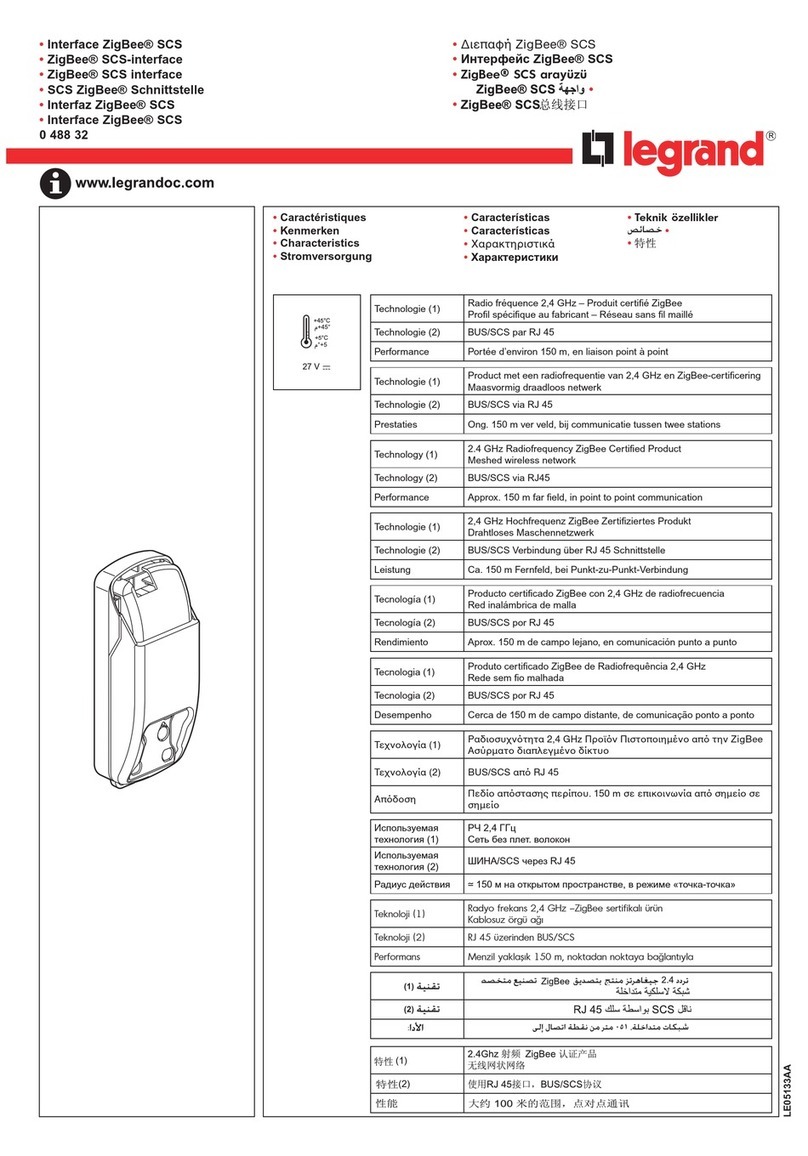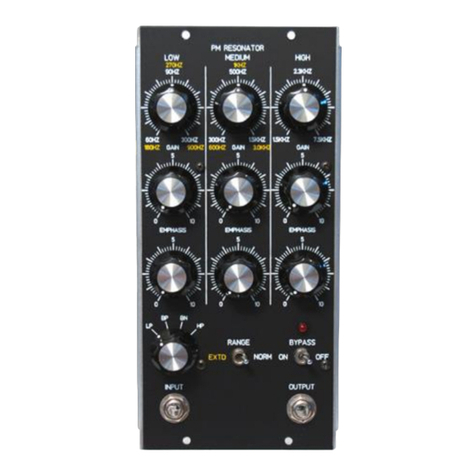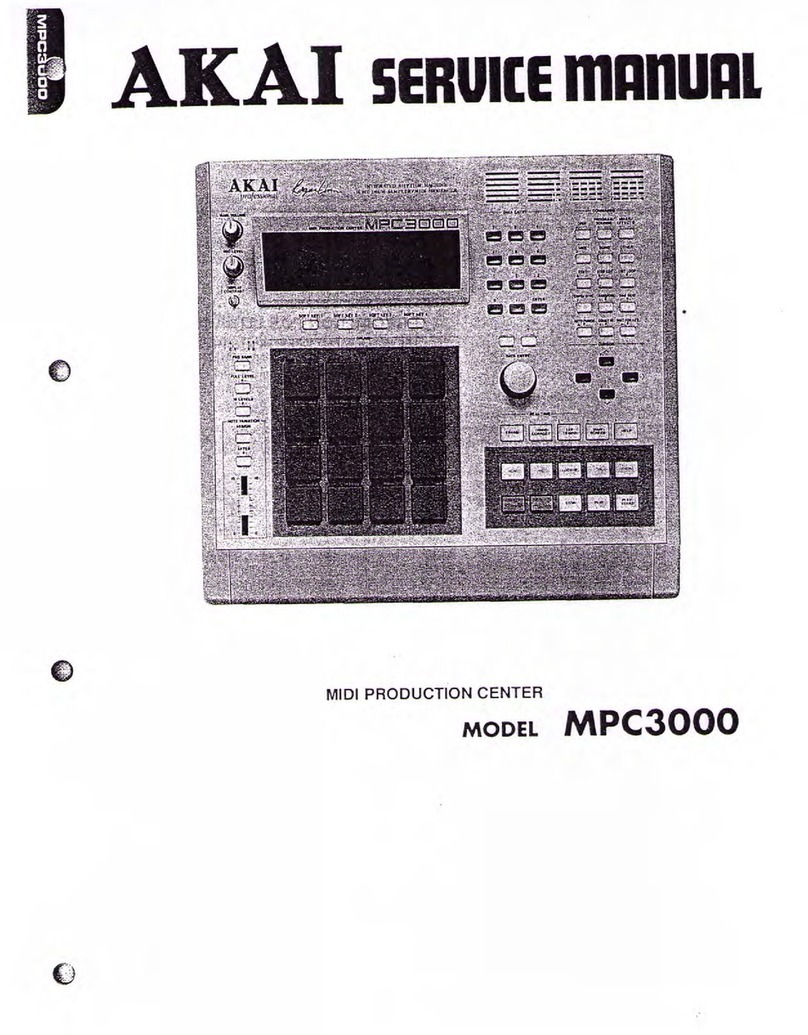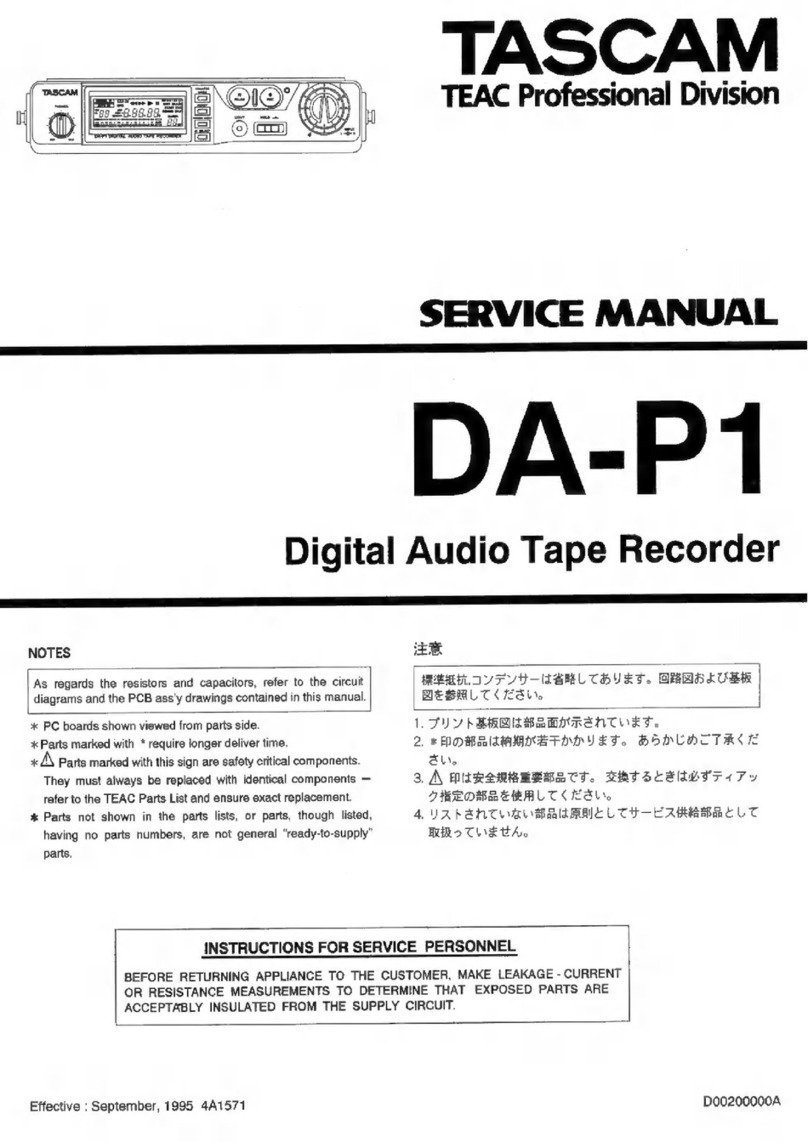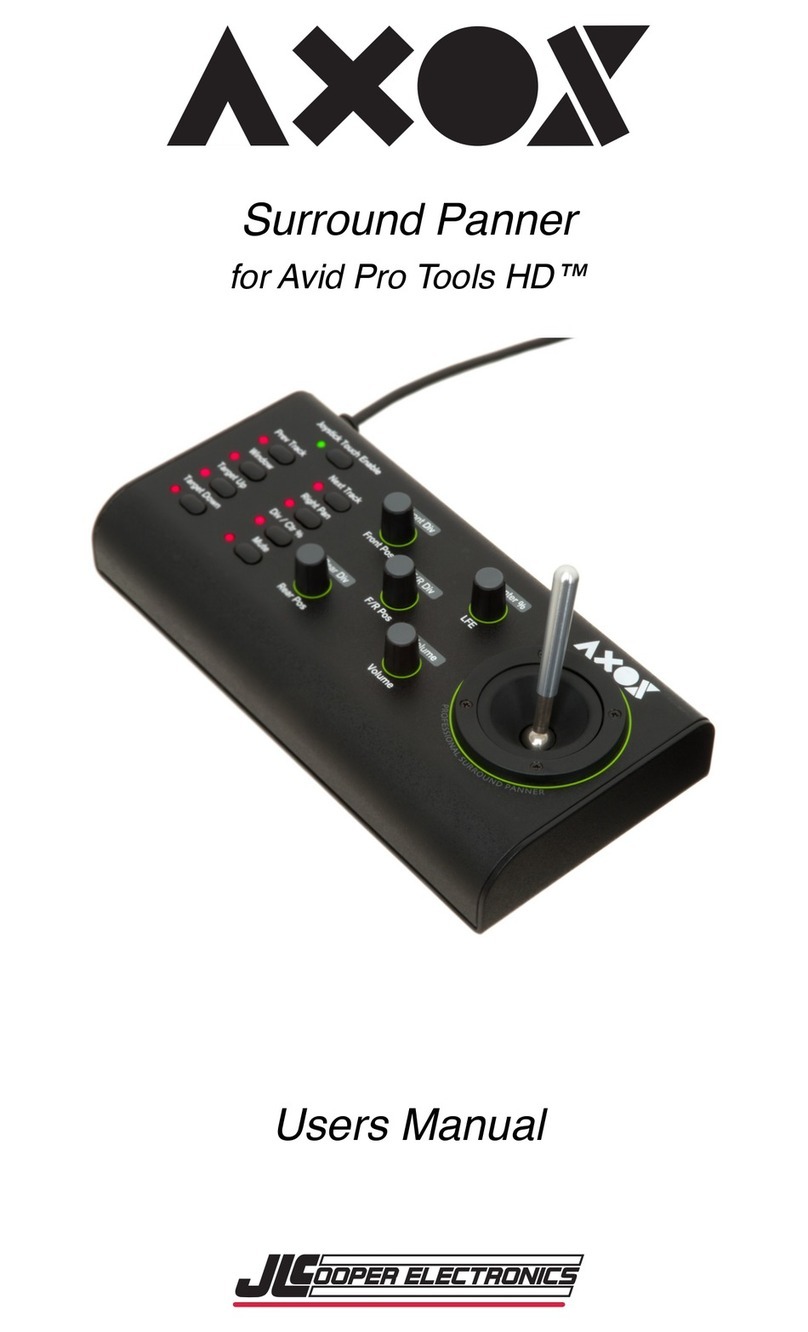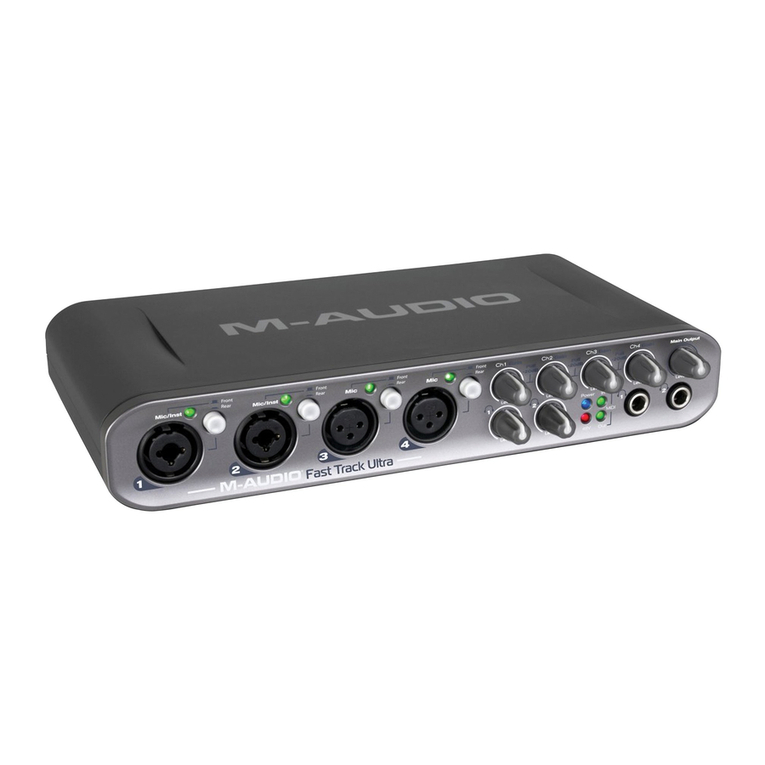VDO BAI e User manual

BAI e
BBuussAAnnaallooggIInntteerrffaaccee
((eexxtteennddeeddVVeerrssiioonn))
IInnssttaallllaattiioonnaannddOOppeerraattiinnggIInnssttrruuccttiioonnss
PPaaggee2288--5500
27

Contents
Preface . . . . . . . . . . . . . . . . . . . . . . . . . . . . . . . . . . . . . . . . . . 29
Safety notes . . . . . . . . . . . . . . . . . . . . . . . . . . . . . . . . . . . . . . 30
on installation . . . . . . . . . . . . . . . . . . . . . . . . . . . . . . . . . 30
on maintenance . . . . . . . . . . . . . . . . . . . . . . . . . . . . . . . 31
VDO Bus Analog Interface (BAIe) . . . . . . . . . . . . . . . . . . . . 31
The components of the system . . . . . . . . . . . . . . . . . . . . . . . . 32
Accessories . . . . . . . . . . . . . . . . . . . . . . . . . . . . . . . . . . . . . . . 32
Abbreviations. . . . . . . . . . . . . . . . . . . . . . . . . . . . . . . . . . . . . . 32
The functions of the Bus Analog Interface (BAIe) . . . . . . . 32
Basic settings . . . . . . . . . . . . . . . . . . . . . . . . . . . . . . . . . . . . 33
Works settings. . . . . . . . . . . . . . . . . . . . . . . . . . . . . . . . . . . . . 33
Troubleshooting . . . . . . . . . . . . . . . . . . . . . . . . . . . . . . . . . . 35
Maintenance of the Bus Analog Interfaces (BAIe) . . . . . . . 36
Installation of the Bus Analog Interfaces (BAIe) . . . . . . . . 36
Electrical installation. . . . . . . . . . . . . . . . . . . . . . . . . . . . . . . 37
Connection of sensors. . . . . . . . . . . . . . . . . . . . . . . . . . . . . . . 37
Connection of gauges . . . . . . . . . . . . . . . . . . . . . . . . . . . . . . . 40
Connection of alarm outputs . . . . . . . . . . . . . . . . . . . . . . . . . . 42
Connection of alarm button . . . . . . . . . . . . . . . . . . . . . . . . . . . 43
Connection of data bus . . . . . . . . . . . . . . . . . . . . . . . . . . . . . . 44
Power supply. . . . . . . . . . . . . . . . . . . . . . . . . . . . . . . . . . . . . . 45
Connection of R-type gauges . . . . . . . . . . . . . . . . . . . . . . . . . 46
Connection of 4-20 mA gauges . . . . . . . . . . . . . . . . . . . . . . . . 47
Connection of rev counter terminal W . . . . . . . . . . . . . . . . . . . 48
Pin assignment . . . . . . . . . . . . . . . . . . . . . . . . . . . . . . . . . . . . 49
Cable lengths. . . . . . . . . . . . . . . . . . . . . . . . . . . . . . . . . . . . . . 50
Technical data . . . . . . . . . . . . . . . . . . . . . . . . . . . . . . . . . . . . 50
28
CONTENTS

29
PREFACE
Preface
In purchasing a module from the VDO Marine Programme, you have
acquired a high quality product which was manufactured in accordance with
the accepted standards of good engineering practice. Modern manufacturing
processes and the consistent application of the latest quality assurance
standards ensure that our products leave the works in perfect condition.
Thank you for choosing VDO. We are sure that this system will enhance
your comfort and safety at sea.
In order to ensure easy and safe operation of your VDO Bus Analog
Interface (BAI), you should familiarise yourself with all the functions of the
system.
Please take the time to read this manual carefully in full.
Should you then nevertheless have any questions or encounter any
problems, your VDO Kienzle agency will be pleased to assist.
VDO Kienzle Vertrieb und Service GmbH
© Copyright by VDO Kienzle Vertrieb und Service GmbH 2000
All rights reserved
Manual should always be kept on
board!

Notes on safety
Please follow all the instructions presented in this manual precisely.
Pay special attention to all passages marked with this symbol.
These are notes which are particularly important for the
operation of the system and for your safety.
Use of the system does not relieve you of responsibility for your vessel,
and requires good seamanship.
Always follow your nautical experience in the interpretation of the figures
displayed!
Safety notes on installation:
You should have the system installed by your shipyard or by a trained
specialist.
Do not wear any metal or conductive jewellery such as chains, bracelets
or rings etc. when working on the on-board electrical system.
Disconnect the minus pole of the battery before starting work, as otherwise
there is a risk of short-circuits. Short-circuits can cause cable fires, battery
explosions and damage to other electronic storage systems. Please
remember that disconnection of the battery causes all volatile electronic
memories to lose their contents, and these must then be reprogrammed.
If work with the power supply connected is required, it is essential to use
only insulated tools.
The electrical outputs of the BAIe and the connected wiring must be
protected from direct contact and damage. The lines used must have
sufficient insulation and dielectric strength, and the contact points must be
shockproof.
The electrically conductive parts of the connected loads must also be
protected from direct contact. Laying of bare metal conductors and contacts
is not permissible.
30
SAFETY NOTES

31
VDO BUS ANALOG INTERFACE
Safety notes on maintenance:
Repairs to the BAI may only be performed by specialists authorised by VDO
Kienzle. The VDO BAI conforms to the relevant safety regulations.
Ensure that only fuses of the specified type and the specified current rating
are used. Use of provisionally repaired fuses or bridging of the fuse holder
are impermissible.
VDO Bus Analog Interface (BAIe)
The BAI is an interface used to receive digital sensor data in SAE J1708
/ 1587 format from a GBI or an EDB. The data received are converted into
analogue measurement signals and used to activate analogue display
instruments.
All outputs can be programmed individually for various instrument
characteristics. Programming is performed with special PC software which
is available as an option.
In addition, an alarm can be programmed for each output.

The components of the system
The scope of supply comprises:
- Bus Analog Interface (extended Version)
- Installation instructions
Accessories (not included in the scope of supply):
GBI VDO No. N03 321 006
EDB VDO No. N03 321 002
Abbreviations
The following abbreviations are used in these installation instructions:
BAIe: Bus Analog Interface (extended Version)
GBI: Gauge Bus Interface
EDB: Engine Data Box
SAE: Society of American Engineers
SAE J1708: SAE document, description of hardware for data
communication
SAE J1587: SAE document, description of data transfer
MID: Message Identifier address of the data source
(see SAE J1587)
PID: Parameter Identifier designation of the record
(see SAE J1587)
The functions of the Bus Analog Interface (BAIe)
The Bus Analog Interface (BAIe) can receive digitised sensor data in SAE
J1708/1587 format and use these data to activate analogue display
instruments from the VDO Standard or VDO Ocean Line series.
The sensor data received are converted into the relevant measurement
signals with the aid of programmed characteristic curves.
In addition, the BAIe has 3 analogue inputs for pressure, temperature or
fuel level sensors (impedance sensors).
32
VDO BUS ANALOG INTERFACE / FUNCTIONS

33
FUNCTIONS / BASIC SETTINGS
The following instruments can be connected to the output channels:
- 2 rev counters
- 6 gauges (impedance) e.g. temperature pressure, fuel level
- 2 gauges (4-20mA) e.g. water level
The basic settings
The basic settings required for correct operation can be established by
programming the BAIe with the aid of PC software which is available as
an option.
The programming process is described in detail in the documentation for
the software.
The works settings of the BAIe are as listed below:
MID = 112 (BAIe address)
Plug 1:
Pin No. Designation MID PID Remarks
1.5 Alarm silent 112 254 Alarm silent
Plug 2:
Pin No. Designation MID PID Gauge type
2.1 Temperature 1 120 105 Temp. 120°C / 250°F
2.2 Temperature 2 120 176 Temp. 150°C / 300°F
2.3 Pressure 1 120 102 Pressure 2 Bar / 48 Psi
2.4 Pressure 2 121 100 Pressure 10 Bar / 150 Psi
2.5 120 168 Any (impedance)
2.6 Fuel level 120 96 Level gauge (lever)
2.7 Fresh water level 120 38 Water level (4...20mA)
2.8 1 254 Any (4...20mA)
2.9 Rev counter 1 120 190 4000 rpm / 250Hz
2.10 Rev counter 2 121 190 4000 rpm / 250Hz
If terminal 1.5 is connected to +UBatt any activated alarms are deactivated
and the BAIe sends an Alarm silent command to the bus.

Plug 3: Alarm outputs
Pin No. Designation Alarm Low Alarm High
3.1 Alarm 1 OFF ON : 100°C
3.2 Alarm 2 OFF ON : 132°C
3.3 Alarm 3 ON : 0.48 Bar OFF
3.4 Alarm 4 ON : 1.90 Bar OFF
3.5 Alarm 5 ON : 10.8V ON : 16V
3.6 Alarm 6 ON : 10% OFF
3.7 Alarm 7 ON : 10%V OFF
3.8 Alarm 8 ON
Alarm output 8 is the collective alarm for alarms 1-7.
34
BASIC SETTINGS

35
TROUBLESHOOTING
Troubleshooting
Fault: Cause / Remedy:
VDO BAIe does not function - Check the electrical connections against the installation
diagram.
- Check the on-board voltage. Supply voltage 10.8...32 V DC
- Examine contact and isolating points for corrosion and
soiling.

Maintenance of the Bus Analog Interfaces (BAIe)
The BAIe is maintenance free.
Installation of the Bus Analog Interfaces (BAIe)
Before you commence installation, please read the notes on
safety on pages 30 and 31.
Installation of the BAIe
Mount the BAIe in the vicinity of the instruments. When selecting the
installation location, remember that the cable between the BAIe and the
analogue instruments may be max. 5 m long.
The cable exit side of the BAIe must point downwards. If the BAIe is to be
installed horizontally, the cable exit side must be angled downwards by >5°.
36
INSTALLATION

Electrical installation
Connection of a temperature sensor to the BAIe
37
INSTALLATION
BAIe
Plug 1
1.1
or
1. 2
or
1.6

Connection of a pressure sensor to the BAIe
38
INSTALLATION
BAIe
Plug 1
1.1
or
1. 2
or
1.6

Connection of a fuel level sensor to the BAIe
39
INSTALLATION
BAIe
Plug 1
1.1
or
1. 2
or
1.6

40
INSTALLATION
Electrical installation
3.9 or 3.10
2.11
BAIe
Plug 2
2.1 or
2.2 or
2.3 or
2.4 or
2.5 or
2.6

41
INSTALLATION
Alarm outputs
BAIe
Plug 3
See page 50 for
pin assignment

42
INSTALLATION
Alarm button
If terminal 1.5 is connected to +UBatt any collective alarm activated (Plug
3 Pin 8) is deactivated and the BAIe sends an Alarm silent command to
the bus.
BAIe
Plug 1
1.5

43
INSTALLATION
Data bus
One of the following connections is necessary for receipt of the digitised
data:
1. BAIe to EDB
2. BAIe to GBI
BAIe
Plug 1
1.3
1.4
BAIe
Plug 1
1.3
1.4
EDB
Plug 1
1.4
1.3
GBI
Plug 1
1.4
1.3

44
Power supply
BAIe
Plug 1
1.11
1.10
1.9
Selection of fuses:
Fuse 1 5 A
Fuse 2 5 A
1
INSTALLATION
2

45
INSTALLATION
Connection of R-type gauges
R-type gauges are temperature, pressure or fuel level gauges.
BAIe
Plug 2
2.1
or
2. 2
or
2. 3
or
2. 4
or
2. 5
or
2. 6
2.11

46
Connection of 4-20 mA gauges
4-20mA gauges are pyrometers, voltmeters and fresh water level gauges.
BAIe
Plug 2
2.7 or
2. 8
2.11
INSTALLATION
Table of contents


